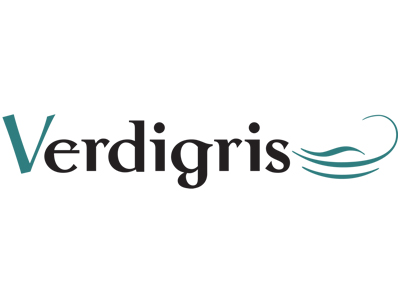When big brands start taking action, you know it’s serious. IKEA and Starbucks recently announced their intentions to do away with plastic straws and this could mark the start of some altogether bolder initiatives. Both companies want to be seen to be doing something about the plastics pollution problem.
Starbucks’ goal is to replace one billion plastic straws with compostable alternatives by 2020. The company has 28,000 outlets around the world and plans to introduce straws made from paper and compostable materials to replace the plastic ones. It is also developing a recyclable lid as part of a $10 million investment that includes development of a sustainable cup. Starbucks has also experimented with charging a premium for its cups, either to pay for the recycling or because it can get away with it amongst its hipster customers who want to feel better about using single-use materials. A trial has been running in London for a few months and is expected to be rolled out to another 950 locations.
Starbucks’ new straws will be available in the US first and then Europe starting with France, the Netherlands and the UK. For printers this may not mean much, but it is unlikely that Starbucks’ interest in sustainability improvements will be limited to straws. Producers of packaging and other forms of print should be ready to demonstrate their sustainability, in order to support Starbucks’ growing range of environmental objectives.
IKEA has and altogether more ambitious set of goals, but is treading a similar route to Starbucks. IKEA has announced that its stores in the UK and Ireland will stop providing single use plastic straws. The company expects all stores to follow suit by 2020. Companies providing print services to IKEA should be aware that, as with Starbucks, there is more to this than just dumping plastic straws.
IKEA’s incredibly ambitious People and Planet Positive initiative incorporates all aspects of IKEA’s business, including its suppliers and customers. The goal is to “to transform the IKEA business, the industries in the IKEA value chain and life at home for people all across the world” by balancing environmental protection with economic growth through a new business plan. The company is taking a leadership position with customers and suppliers, using its bulk to really push for change.
IKEA’s goals are in line with the United Nations Sustainable Development Goals, so this isn’t just about print and packaging, but about helping get people out of poverty and living decent lives. Unfortunately in all the lofty rhetoric, there isn’t much about managing packaging so that less of it’s wasted, or improving its carbon footprint. Is this another example of the invisibility of print, or or of something that brands overlook because it’s too difficult to fix? Maybe it’s up to graphics industry professionals to take a stronger position on this, particularly large manufacturers. They should be reaching out to major brands to co-create solutions to the packaging waste problem. The straws are only the start.
– Laurel Brunner
This article was produced by the Verdigris Project, an industry initiative intended to raise awareness of print’s positive environmental impact. This weekly commentary helps printing companies keep up to date with environmental standards, and how environmentally friendly business management can help improve their bottom lines. Verdigris is supported by the following companies: Agfa Graphics, EFI, Fespa, HP, Kodak, Kornit, Ricoh, Spindrift, Splash PR, Unity Publishing and Xeikon.





